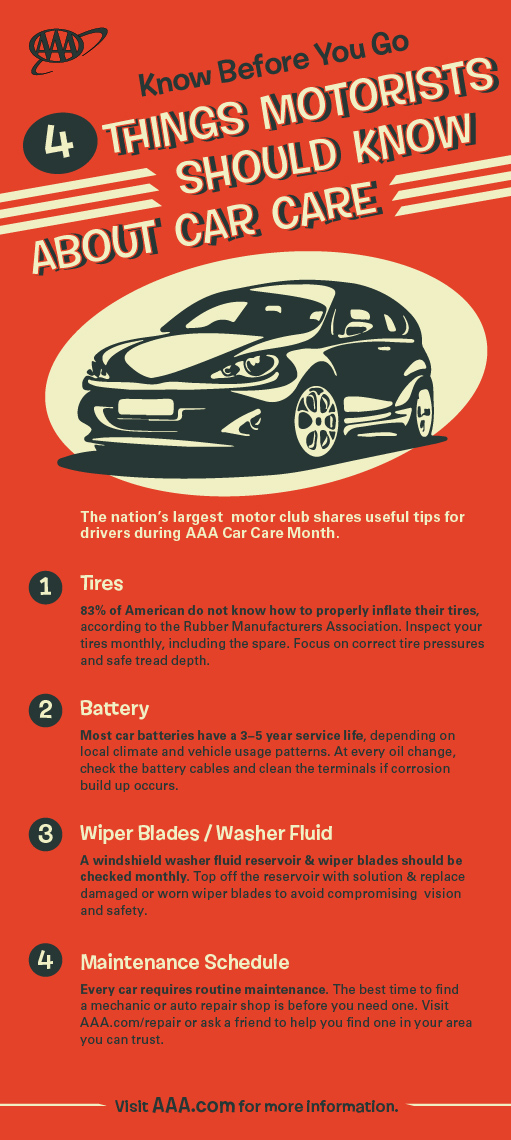Understanding The Definition Behind Your Car'S Warning Lighting: A Thorough Appearance
Understanding The Definition Behind Your Car'S Warning Lighting: A Thorough Appearance
Blog Article
Content Writer-Sykes Shepherd
When you're behind the wheel, those glowing caution lights on your dashboard can be a bit difficult. Do vehicle detailers near me recognize what they're attempting to tell you regarding your vehicle's health and wellness? Understanding the importance of these lights is essential for your safety and security and the durability of your lorry. So, the following time among those lights appears, would not you intend to decipher its message precisely and take the necessary steps to address it?
Common Caution Lighting and Interpretations
Recognize common caution lights in your car and understand their definitions to guarantee risk-free driving.
One of the most typical caution lights consist of the check engine light, which indicates problems with the engine or exhausts system. If this light comes on, it's vital to have your car checked promptly.
The oil pressure alerting light indicates reduced oil pressure, needing prompt attention to prevent engine damage.
A flashing battery light could suggest a damaged billing system, possibly leaving you stranded otherwise dealt with.
The tire stress surveillance system (TPMS) light notifies you to low tire pressure, influencing vehicle security and gas effectiveness. Overlooking this can lead to risky driving problems.
The abdominal muscle light shows a trouble with the anti-lock stopping system, endangering your capability to quit quickly in emergencies.
Suggested Reading but not least, the coolant temperature level cautioning light warns of engine overheating, which can result in severe damage otherwise settled promptly.
Understanding these typical caution lights will certainly help you address concerns promptly and maintain safe driving conditions.
Relevance of Prompt Focus
Recognizing the common caution lights in your auto is only the very first step; the relevance of promptly addressing these warnings can not be highlighted enough to ensure your safety when traveling.
When a warning light illuminates on your dashboard, it's your auto's means of communicating a prospective issue that needs attention. Ignoring these cautions can result in a lot more severe issues in the future, endangering your safety and possibly costing you much more in repairs.
Motivate attention to advising lights can avoid malfunctions and accidents. As an example, a blinking check engine light might show a misfire that, if left neglected, can trigger damage to the catalytic converter. Addressing this quickly can conserve you from a costly repair.
In a similar way, a brake system advising light might signal low brake fluid or used brake pads, crucial components for your security when driving.
DIY Troubleshooting Tips
If you see a warning light on your control panel, there are a couple of DIY troubleshooting tips you can attempt before looking for professional assistance.
The primary step is to consult your car's guidebook to understand what the specific warning light indicates. Occasionally the concern can be as simple as a loosened gas cap triggering the check engine light. Tightening the gas cap may resolve the trouble.
An additional typical problem is a low battery, which can activate different advising lights. Inspecting the battery links for deterioration and guaranteeing they're safe and secure might repair the problem.
If a caution light persists, you can attempt resetting it by disconnecting the vehicle's battery for a couple of mins and then reconnecting it. In addition, examining your car's fluid levels, such as oil, coolant, and brake fluid, can help fix advising lights associated with these systems.
Final thought
To conclude, understanding your cars and truck's warning lights is necessary for keeping your car running efficiently and safely. By without delay dealing with these signals and recognizing what they indicate, you can prevent pricey repairs and possible breakdowns.
Keep in mind to consult your auto's manual for particular information on each advising light and take action appropriately to make certain a hassle-free driving experience.
Stay informed, stay risk-free when driving!
